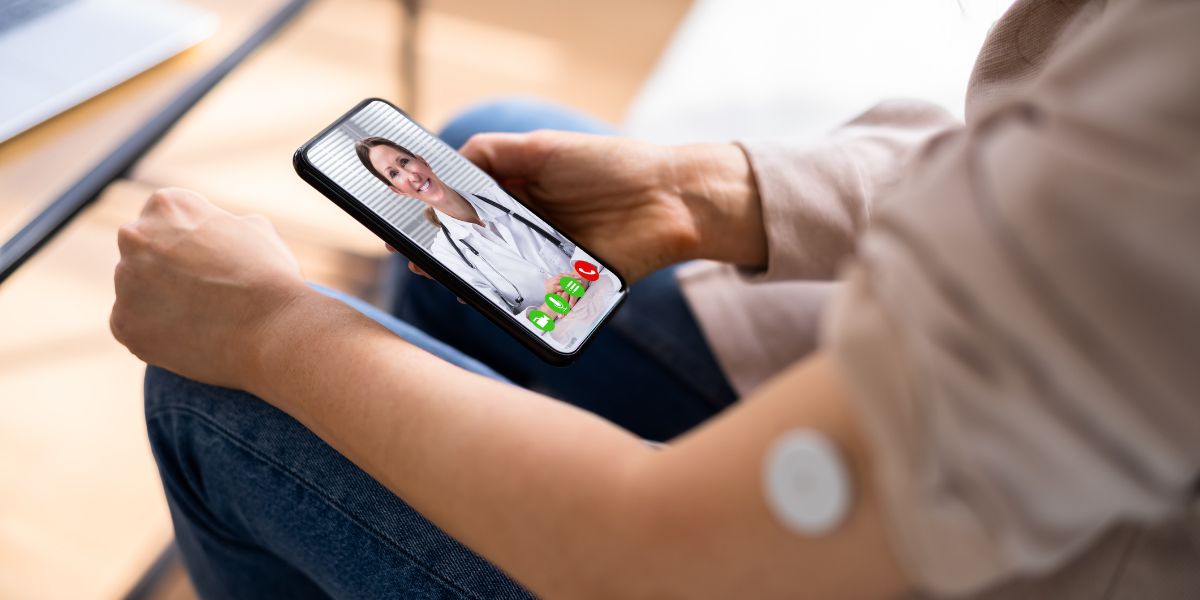The number of children and teenagers diagnosed with type 1 diabetes since COVID-19 has risen significantly, with experts saying more support will be needed for the growing number of young people affected by the condition.
Research found that in the first year of the pandemic, there was a 14% rise in the number of cases around the world compared to pre-COVID levels.
This was followed by a 27% rise in cases in the second year of the pandemic. Prior to the pandemic, rates of type 1 diabetes in childhood were already rising by around 3% a year.
- Critical genes for type 1 diabetes identified for first time
- Activity snacks can help people with type 1 diabetes manage blood sugar levels
What’s behind the rise?
While some of the post-COVID increase in cases can be attributed to the backlog created as a result of lockdowns, it does not explain all of the new cases, researchers have said after analysing data on more than 38,000 young people from around the world.
They say that further research is required to understand the rise in cases.
Dr Faye Riley, from Diabetes UK, said: “Research worldwide has identified higher than expected numbers of diabetes diagnoses in the wake of the COVID-19 pandemic.
This study adds to the evidence. “Future studies that examine longer-term trends will be important to disentangle the impact of the pandemic from natural fluctuations in incidence of type 1 over time, as well as establishing the range of factors that could be behind any apparent rise.” It is not known what caused the jump in cases, but some theories have been put forward.
One is that lockdowns meant that children were not exposed to the germs that can help to protect against some conditions including diabetes.
Another theory is that having COVID-19 causes a reaction that raises the risk of diabetes in some children, although studies into this autoimmune reaction have not found any evidence to back this up.
- Artificial pancreas improves blood sugar control in young children with type 1 diabetes
- Speak to other people with type 1 diabetes
Type 1 diabetes symptoms
Hilary Nathan, Policy Director at type 1 diabetes charity JDRFUK, said: “This research reflects a life-changing reality for so many families here in the UK.” She encouraged people to be aware of the four Ts when it comes to spotting symptoms of type 1 diabetes – tiredness, thirst, needing to go to the toilet to urinate more often, and weight loss or increasing thinness – saying: “Knowing these signs and getting an early diagnosis and swift treatment can be life-saving.”
Among the children to be diagnosed recently was nine-year-old Theo from Sheffield, who was told he had type 1 diabetes a year ago, just months after he had COVID-19. His mum, Jo, said: “I didn’t know anything about diabetes. I thought it was a misdiagnosis because he wasn’t poorly with it.
We’re very lucky that we caught it early. “You’re trying to process that your child’s going through this. You’re being taught all these scientific facts about the condition…to keep them alive. If you don’t do it, there are severe consequences.”


